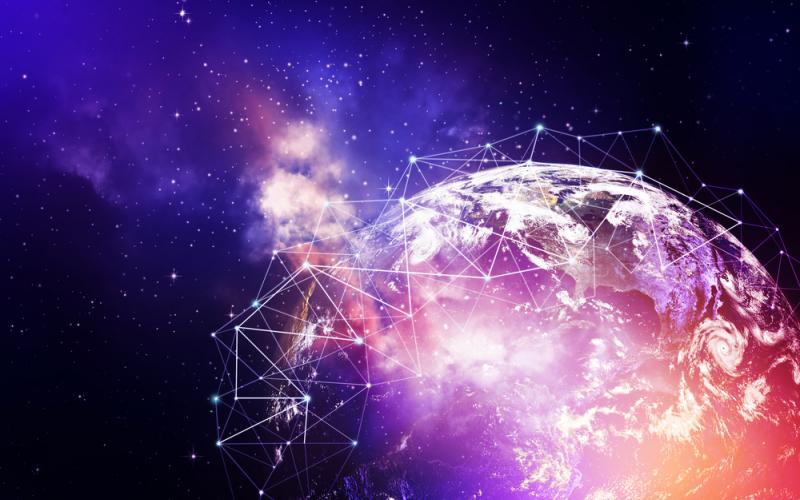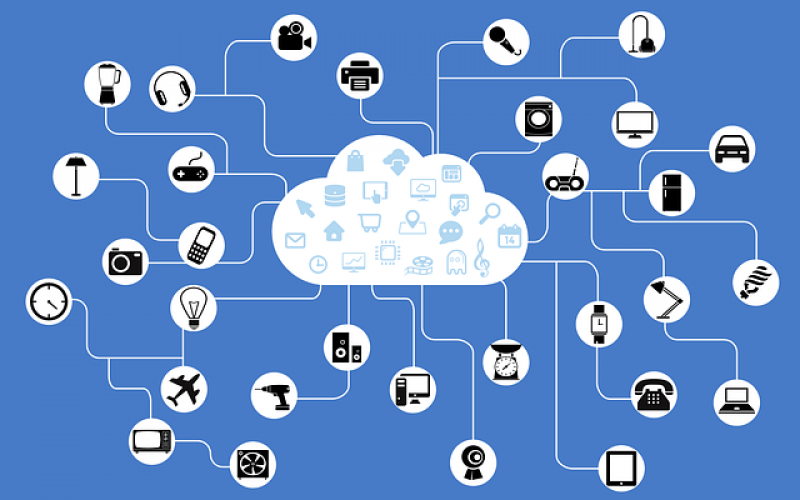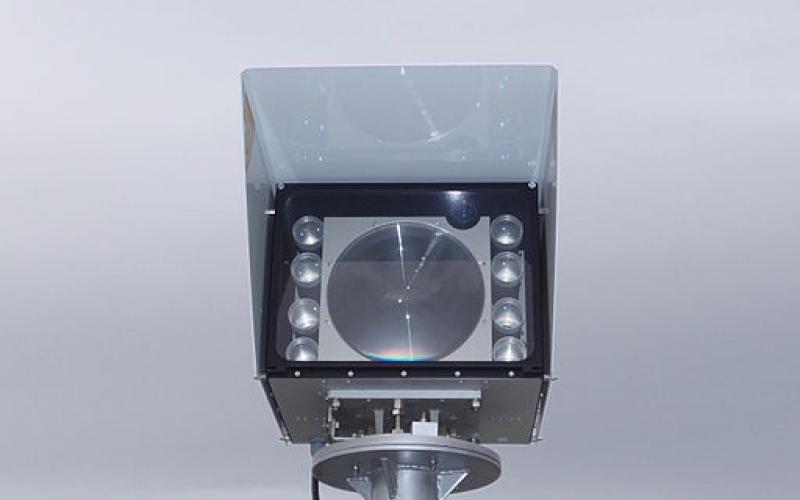The internet is a vast and complicated set of interconnected networks, tying internet service providers, cloud service providers and enterprises together. While the cloud is an exciting new technology that is changing the way the world watches videos, hails taxis, uses money, and shares pictures, it's not clear how these service providers work together in the background to create the value we all enjoy.
Cloud computing enables companies to create real-time transactions and collaborate to produce applications that are valuable for the real world. However, while cloud computing sounds like it is the same thing as the internet, it's actually a metaphor. Cloud computing uses the internet and obscures the interconnecting infrastructure, platforms, and applications to make transactions seamless, immediate, and convenient for the entire interconnected world.
Thanks to this obfuscation, there is a great deal of historical fact and fiction about the origins of the internet, networking, computing, and the interlocking pieces that's melded together to produce myths about how the internet actually works. Let’s take a look at some of these internet myths on the following pages.
(Image: nednapa/Shutterstock)
Jim Poole is the Vice President for Global Ecosystem Development at Equinix. His mission is to explore new and emerging digital ecosystems with a focus on how interconnection can be used to strategic advantage by Equinix customers. Prior to his current role, Jim served as the Vice President for Global Service Provider Marketing, where he was responsible for vertical strategy, messaging and sales activation. Jim has an over 20-year background in the ICT industry. He has held executive level positions at Roundbox, Savvis, C&W Americas, dynamicsoft and UUNET.
















